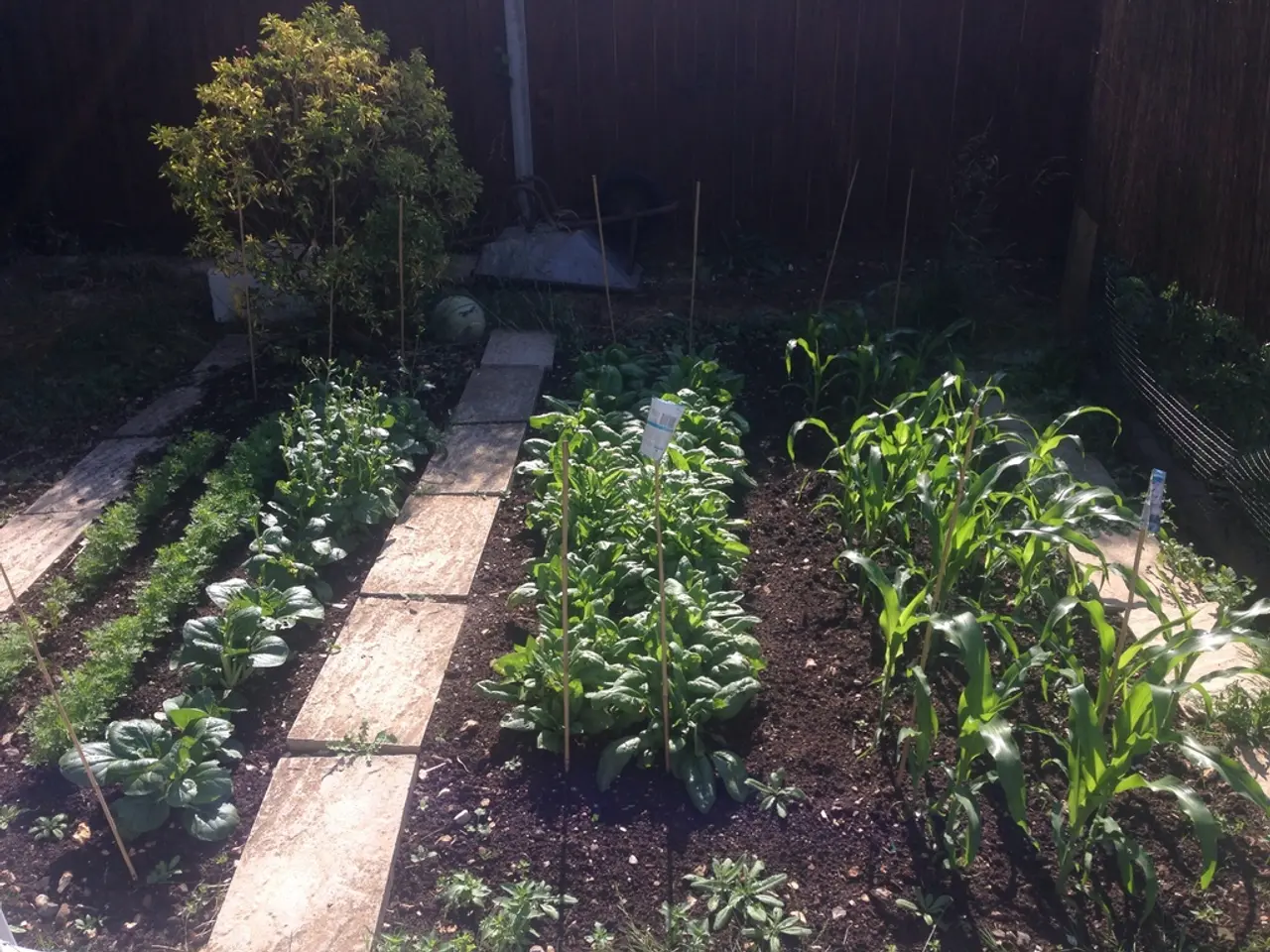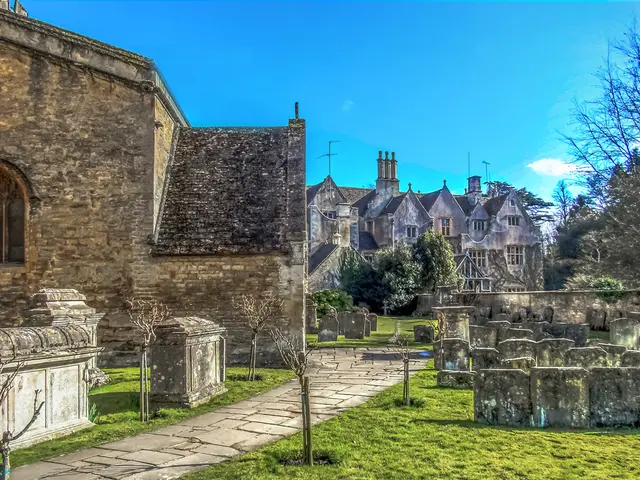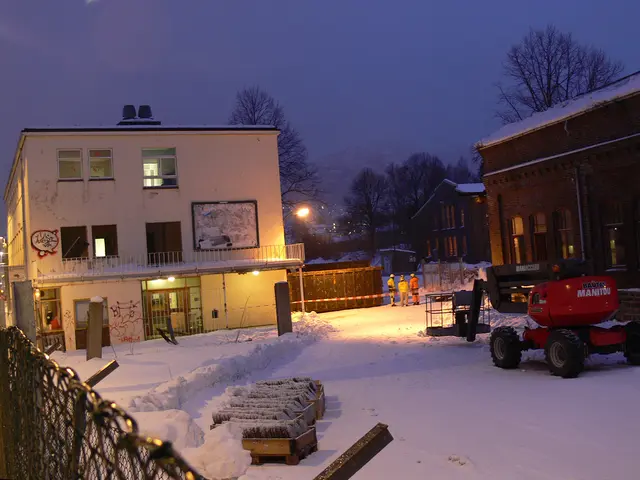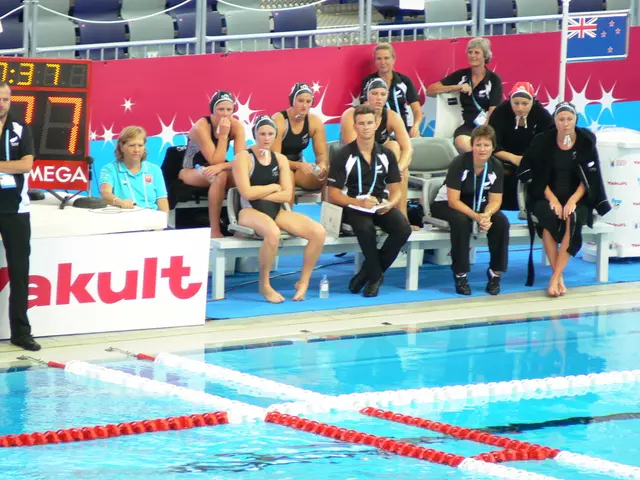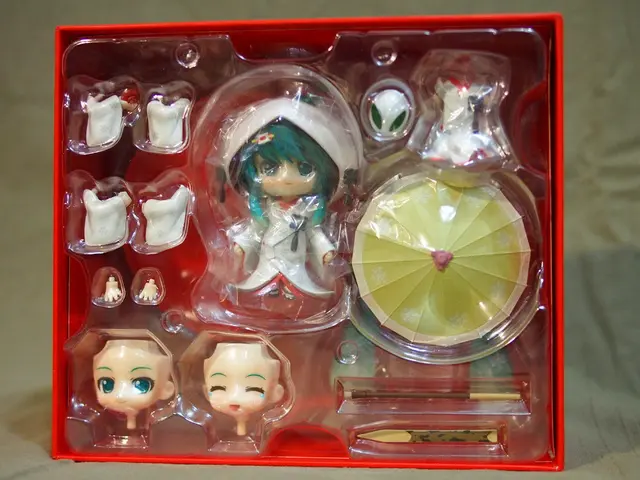Strategies for Crowding Seedlings within a Single Container
In the world of gardening, dealing with multiple seedlings in one pot can be a common occurrence. This article provides valuable insights into best practices for managing these situations, as well as suitable plants for grouping or separation.
**Best Practices for Multiple Seedlings in One Pot**
When it comes to transplanting seedlings, the ideal time is when they reach 2-3 inches in height. This allows them enough root and leaf development to tolerate separation and reduces competition for resources. Handle seedlings gently, avoiding pulling stems, and gently separating by leaves or roots after soaking root masses in water if needed.
For successful coexistence, choose species with the same water, sunlight, and soil needs. Seedlings planted too closely may compete for nutrients, water, and light, stunting growth. To avoid this, provide ample space and resources, especially for container-grown plants like tomatoes, which should be started in 3-inch pots or more and transplanted to larger pots (5 gallons or more) as they grow.
Woody seedlings like trees should be separated after they drop leaves and enter dormancy to avoid damage. Multiple trees or large plants growing together often compete as they mature; trunks might fuse weakly but overall competition can lead to failure of some trunks.
**Suitable Plants for Grouping or Separation**
Herbaceous seedlings, such as petunias, can be started close together but should be separated at 2-3 inches tall for best growth. Tomatoes, on the other hand, should start with 1-3 seeds per small pot, then transplanted individually as they grow. Trees can be planted together for aesthetic purposes but should be separated at dormancy to prevent weak trunk fusion and overcrowding.
Grouping plants only if they have similar water and sunlight needs is essential. Combining multiple houseplants works if care requirements match, while bulb plants like onions, beets, and radishes can be sown and grown in clumps.
**In Conclusion**
For small seedlings, start them close for germination, then separate into individual pots at 2-3 inches tall to avoid competition. For larger or woody plants like trees, plant them together temporarily but separate them carefully after dormancy to prevent weak trunk fusion and overcrowding. Group plants only if they have similar water and sunlight needs, and use sufficiently large pots to ensure root growth and avoid stunted plants.
Following these practices ensures healthier, stronger plants whether grown individually or grouped initially for convenience. For more updates on gardening tips, subscribe to our website and follow us on Instagram, Facebook, or Pinterest. Happy gardening!
- In a cold climate, it's beneficial to plant hardy seedlings in a greenhouse to protect them from harsh weather conditions.
- To create a family-friendly garden, plant a variety of plants with different growth patterns, colors, and scents, making it an enjoyable space for everyone.
- During the harvest season, store your fruits and vegetables properly to ensure they last longer, like storing root vegetables in a cool, dark place or hanging ripe tomatoes upside down.
- Adopting a lifestyle that includes gardening at home can be both rewarding and therapeutic, providing a sense of accomplishment and a connection to nature.
- For an aesthetically pleasing home-and-garden, consider grouping plants with contrasting textures and colors to create a harmonious and visually appealing space.
